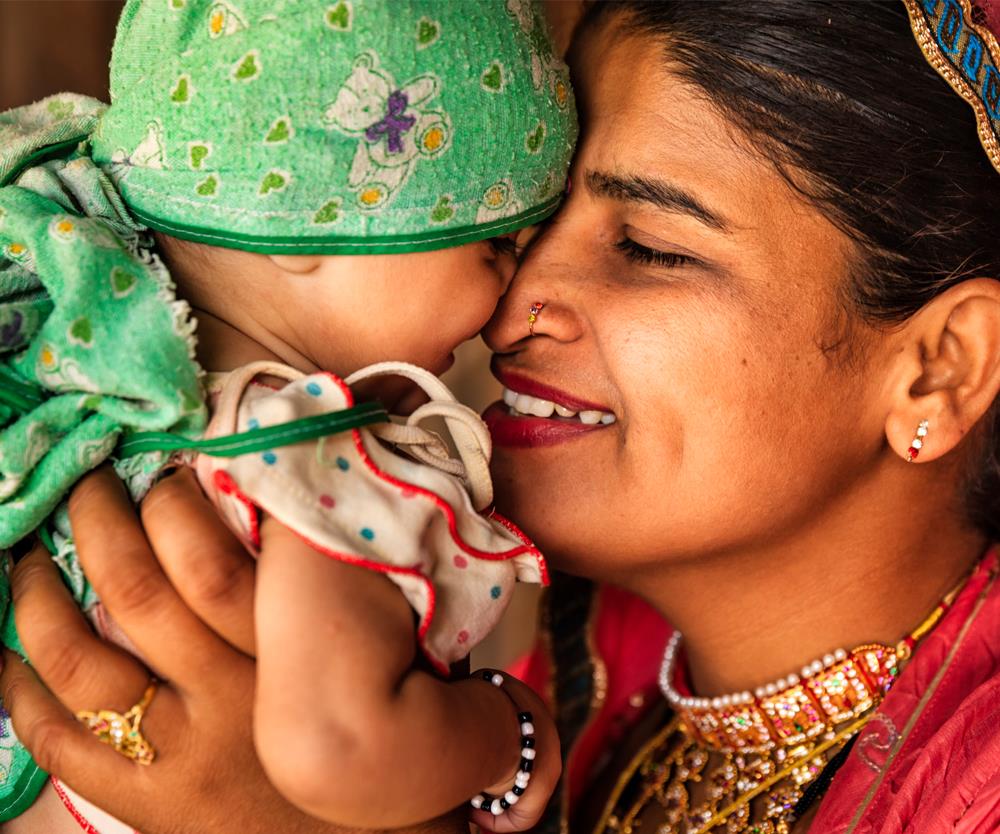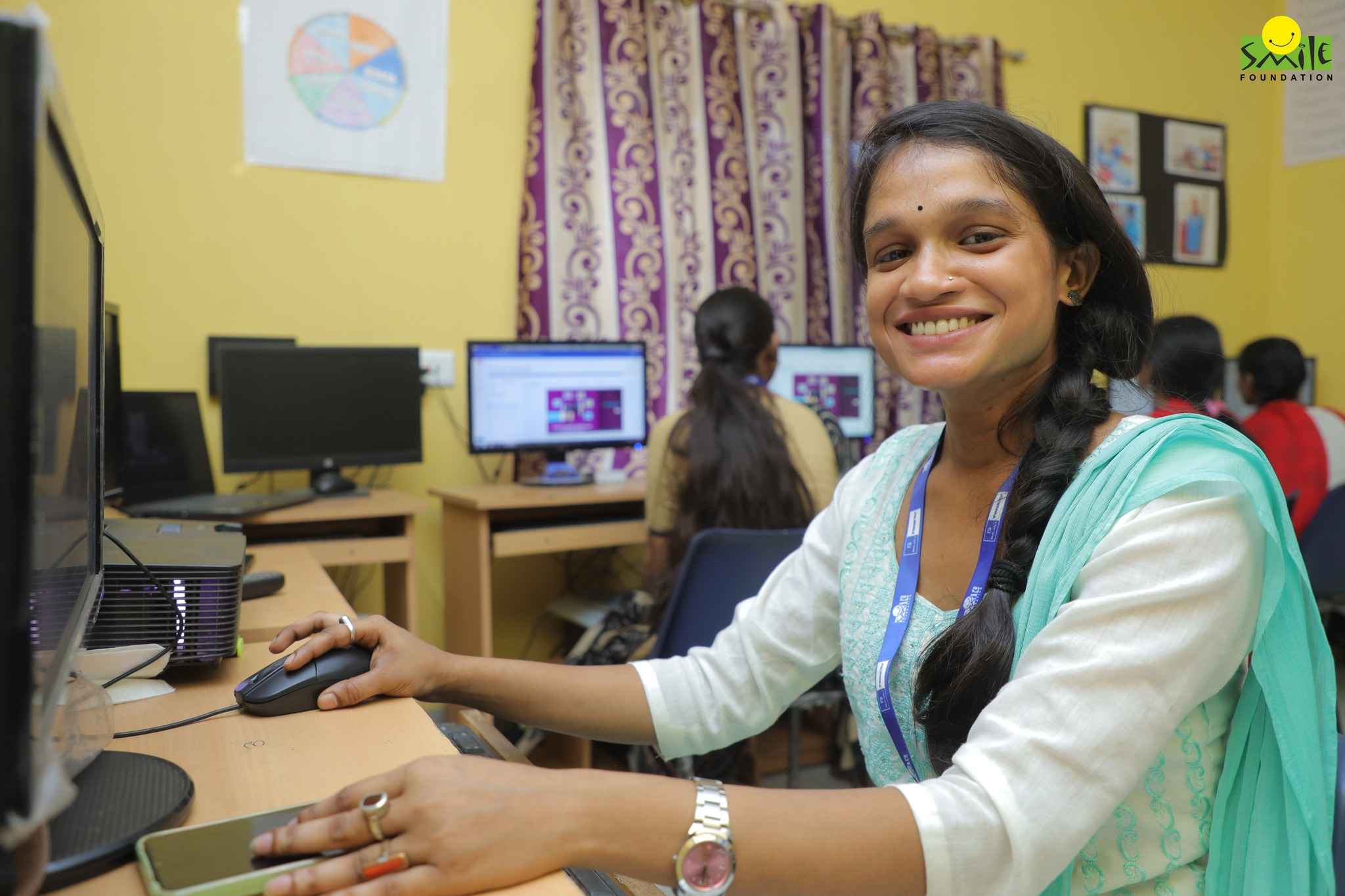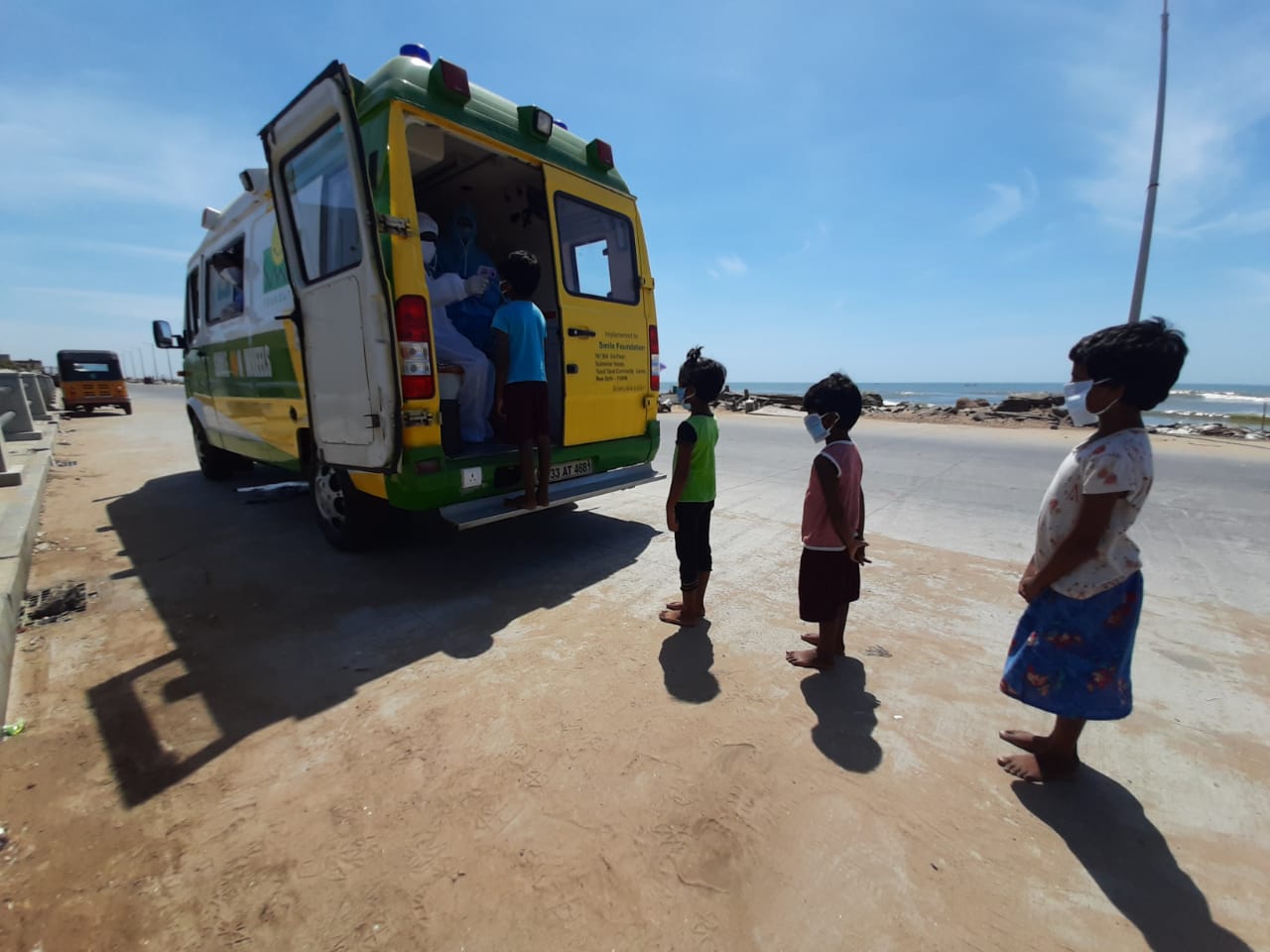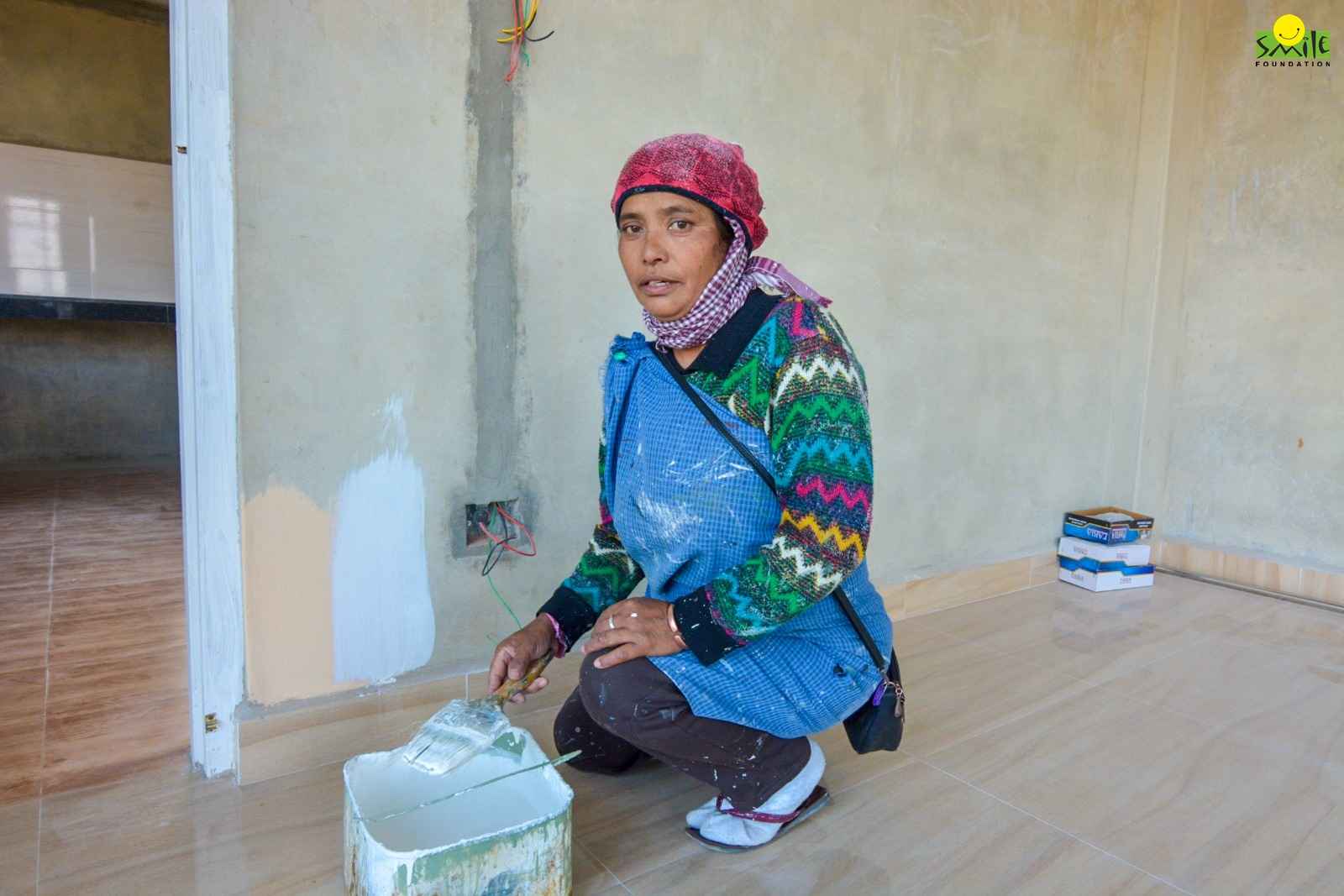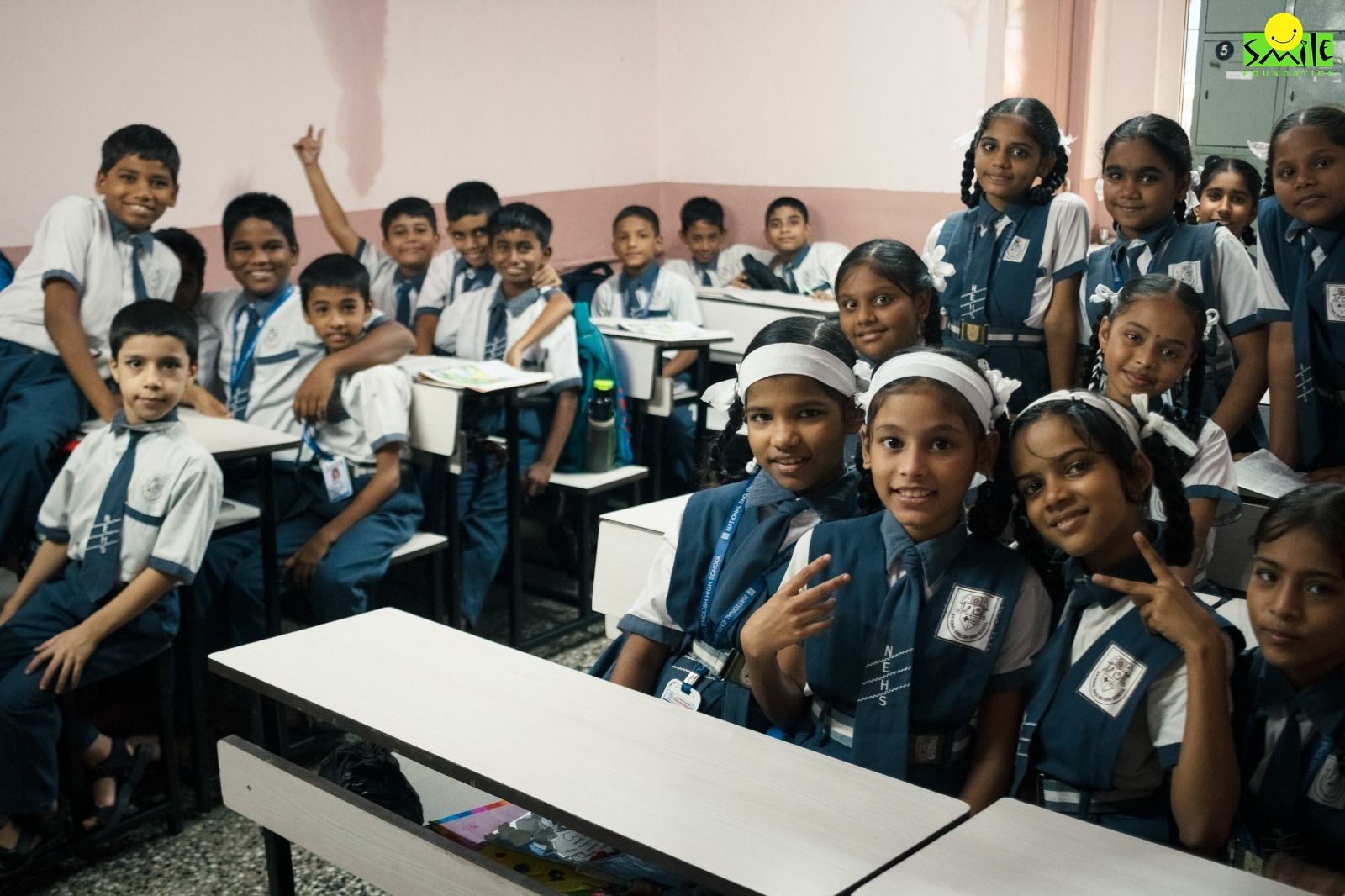According to a worldwide survey titled ‘What Young People Want’, a notable 40.5 percent of individuals aged 10-24 express keen interest in educational opportunities aimed at improving their employability. This keen interest reflects a strong desire for job security, financial stability, material well-being, and personal independence.
This inclination was consistent across all age groups but was most pronounced among those aged 15-19, with 47.2 percent expressing interest, particularly among adolescent girls at 49.2 percent. These respondents often emphasized the importance of learning opportunities and quality education.
Conducted by PMNCH, a global alliance for the health and well-being of women, children, and adolescents, in collaboration with WHO, the survey gathered insights from 713,273 respondents aged 10-24, who were asked to articulate their most significant well-being aspirations in their own words. Notably, India constituted the largest share of respondents, comprising 17.2 percent of the total sample.
What can we do more for the Indian youth?
The youth of a nation is often regarded as its future. In the case of India, with a youthful population where a significant proportion falls under the age of 30, the potential for growth, innovation, and change is immense. However, this potential also comes with unique challenges and responsibilities. To harness the energy and aspirations of India’s youth, it is imperative to ask, ‘What can we do more for the Indian youth?’
Quality Education for All
The foundation of a promising future lies in education. While India has made strides in improving literacy rates, ensuring quality education for all remains a challenge. We can do more by investing in better educational infrastructure, training teachers, and providing access to digital resources, especially in rural areas. Scholarships and financial aid programs can also make education more accessible.
Skill Development
In a rapidly changing job landscape, skills are the currency of the future. Initiatives that focus on skill development and vocational training can empower youth to be job-ready. Collaborations between the government, private sector, and educational institutions can create skill-oriented programs that cater to the demands of the job market.
Entrepreneurship and Innovation
Encouraging entrepreneurship among the youth can drive economic growth and job creation. Providing mentorship, access to capital, and a conducive regulatory environment for startups can foster innovation and entrepreneurship. Government schemes like ‘Startup India’ have already taken steps in this direction.
Mental Health Support
The pressures of modern life can take a toll on the mental health of young people. It is crucial to remove the stigma around mental health issues and establish accessible support systems. Schools and colleges can integrate mental health education, and there should be more mental health professionals available to provide counseling and therapy.
Employment Opportunities
The youth need access to decent employment opportunities. Government policies should focus on creating jobs in sectors that are relevant to the skills of the youth. Additionally, promoting inclusive hiring practices and equal pay for equal work can ensure a fair job market.
Political Participation
Youth participation in politics is vital for a thriving democracy. Initiatives that encourage political awareness, voter registration, and youth representation in governance can lead to a more inclusive and responsive political system.
Environmental Awareness
Young people are often at the forefront of environmental movements. Encouraging sustainable practices and education on environmental issues can empower the youth to take an active role in preserving the planet for future generations.
Gender Equality
Empowering young women and breaking down gender barriers is essential. Initiatives that promote gender equality in education, employment, and all aspects of life can create a more equitable society.
Digital Inclusion
Bridging the digital divide is critical in the digital age. Providing affordable access to the internet and digital devices can open up a world of opportunities for the youth, from online education to remote work.
Community Engagement
Building a sense of community and social responsibility can instill values that last a lifetime. Youth-led community service projects and volunteering can foster a sense of purpose and empathy.
Conclusion
The demands of the Indian youth are a reflection of their aspirations for a brighter and more equitable future. While India has made significant strides in various domains, challenges remain. Fulfilling the demands of the youth requires a collective effort from government, civil society, and the private sector.
It necessitates policies that empower youth, create opportunities, foster innovation, and ensure sustainability. As India continues to evolve, it must recognize that investing in its youth is an investment in the nation’s future. The question, “Can we deliver?” can only be answered with concerted actions that transform demands into opportunities and aspirations into realities.
The livelihood program, STeP of Smile Foundation trains Indian youth from marginalised communities to become a part of the workforce through courses that are well-tailored and constructed keeping in mind the market trends. The program has trained more than 75,000 trained till now with 47,000 of those trained placed in respectable jobs across India.




